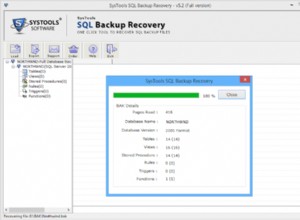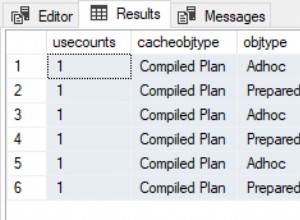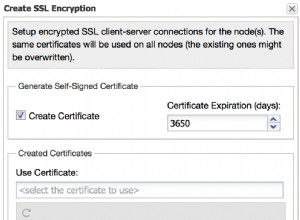La query originale fornisce già i dettagli di base giornalieri per ciascun utente. Non c'è bisogno di ripetere quel calcolo. Basta racchiudere la query in un termine CTE.
Ecco le colonne prodotte dalla query originale:
| date | profit | user_id | amount | percent | total_inv | user_profit |
Non è chiaro cosa vuoi fare con la percentuale. Non credo che uno possa essere aggregato facilmente, se ricordi cosa rappresenta quel valore.
Qualcosa del genere (con total_share):
WITH query1 AS (
SELECT s.date, s.profit
, i.user_id, i.amount, i.percent
, SUM(i.amount) OVER (PARTITION BY s.date) AS total_inv
, ROUND(s.profit * (i.percent / 100.0) * i.amount / SUM(i.amount) OVER (PARTITION BY s.date), 2) AS user_profit
, ROUND((1.0 * i.amount / (SUM(i.amount) over (partition by s.date))) * i.percent, 2) AS user_share
FROM daily_stats AS s
JOIN investments AS i
ON s.date BETWEEN i.start_date AND i.end_date
WHERE s.date BETWEEN '2021-02-01' AND '2021-02-05'
)
SELECT date
, MAX(profit) AS profit
, MAX(total_inv) AS total_inv
, SUM(user_profit) AS total_profit
, SUM(user_share) AS total_share
FROM query1
WHERE user_id IN (1, 4)
GROUP BY date
;
Con risultato da violino:
Test case funzionante:Test case con PG V3
Aggiornato il tuo test case qui:Il tuo test case aggiornato





